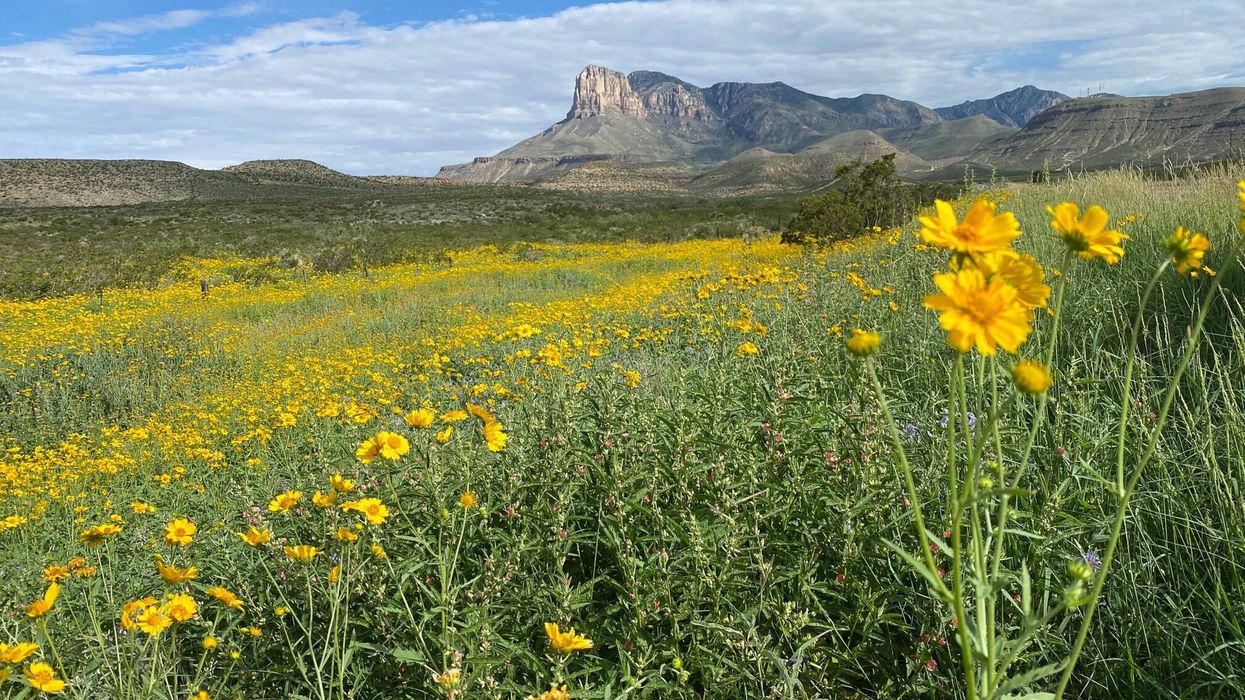
Image Courtesy of the National Parks Service

Ten Untrampled National Parks to Explore with Your Family This Summer
Nothing dampens the joy of the outdoors more than long lines, crowded trails, timed entries, and selfie sticks. Yet these hindrances have become increasingly commonplace in America’s National Parks.
I remember the days when you could visit Yosemite without competing with hordes of tourists on “hop-on-hop-off” buses. When my family moved from the East Coast to California in 2005, our annual trip from Los Angeles to the park became a yearly fixture—packing the minivan, stocking up on snacks, and making the six-hour trek north along Highway 14. California’s landscapes enthralled me. In no other place can you drive hours through dry, arid terrain like the Mojave Desert—just miles from Death Valley, literally the hottest place on earth—to the pine-blanketed peaks of the Sierra Nevadas, barricading the Yosemite Valley. Eight thousand feet in elevation change on a desert highway transforms Joshua trees into sequoias.
Even a short visit delivers once-in-a-lifetime moments—glacier trekking, spotting Dall sheep, or witnessing alpenglow on 16,000-foot peaks.
Yosemite instilled in me an enduring passion for the outdoors. The mountains were my playground, offering an experience every child should have at least once. No place in civilization can concoct the same imaginative wonder of wandering through a moss-laden forest, meandering up mountain trails, or swimming in crystalline, alpine lakes. In the early 2000s, the park could be enjoyed without distraction. Now those days are long gone.
A record 331.9 million people poured into America’s 400 National Parks in 2024—an average of nearly 830,000 visits per park. However, these numbers more than double in the 63 major sites with “national park” in the name. Yellowstone alone, for example, hosted almost five million visitors in 2024—the majority of whom are crowded into peak summer months. Yosemite similarly welcomed more than four million visitors—a fact I cannot blame on others who want to experience its majestic landscapes but one I nonetheless personally lament.
My last visit to Yosemite in 2019 began with an hour-long, bumper-to-bumper wait at the park’s eastern entrance and ended with racing against more traffic to exit the park before my timed entry expired—punctuated with overcrowded trails and “Instagrammers” dominating narrow lookout points. The experience soured my desire to return, leading me to seek out less-frequented parks.
Thankfully, our nation is rich in natural beauty, and many of its most beautiful corners remain unvisited—perfect for the solo hiker or family seeking grandeur without the gridlock. Whether you’re a seasoned outdoor enthusiast or a parent wanting to stash away your kid’s phone for a weekend and enthrall them with our nation’s awe-inspiring landscapes, these 10 hidden treasures are unfrequented, underrated, and offer you equally breathtaking landscapes as Yellowstone and Yosemite without the crowds. From mountain lovers to water enthusiasts, this list has something for you, and likely in a place you have never heard of—or expected.
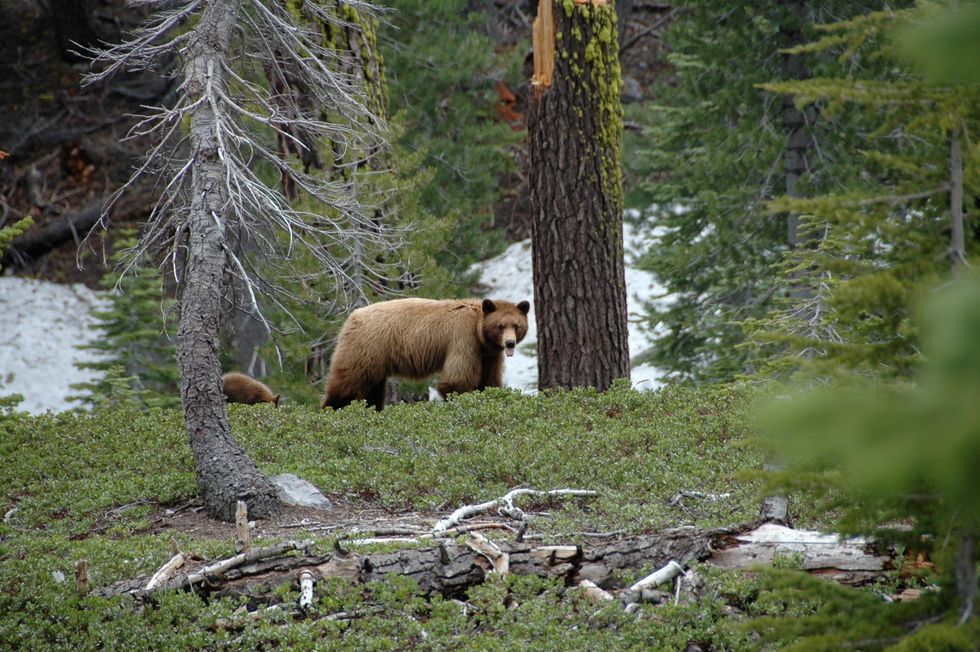
Often called a “mini-Yellowstone,” Lassen Volcanic National Park has dramatic geothermal activity without the shoulder-to-shoulder crowds. Located in Northern California, the park features steaming fumaroles, boiling mud pots, and bubbling hot springs—particularly around Bumpass Hell and Sulphur Works. Moreover, Lassen is one of the only places on earth where you can see all four types of volcanoes—shield, composite, cinder cone, and plug dome—in one park.
For hiking enthusiasts, Lassen Peak provides many panoramic views along with trails to serene alpine lakes like Manzanita Lake and Lake Helen. If you are planning a winter visit, the park is a snowshoe destination.
Unfortunately for Angelenos, the park is about a nine-hour drive, three hours longer than a trip to Yosemite. However, those in NorCal and northern Nevada can access Lassen within three and a half hours, just shy of three hours north of Sacramento and three and a half hours north of Reno. If you’re willing to trade Yosemite’s hour-long lines for an extra push north to enjoy Lassen’s rugged landscapes to avoid crowds, the longer trek may be worth it.
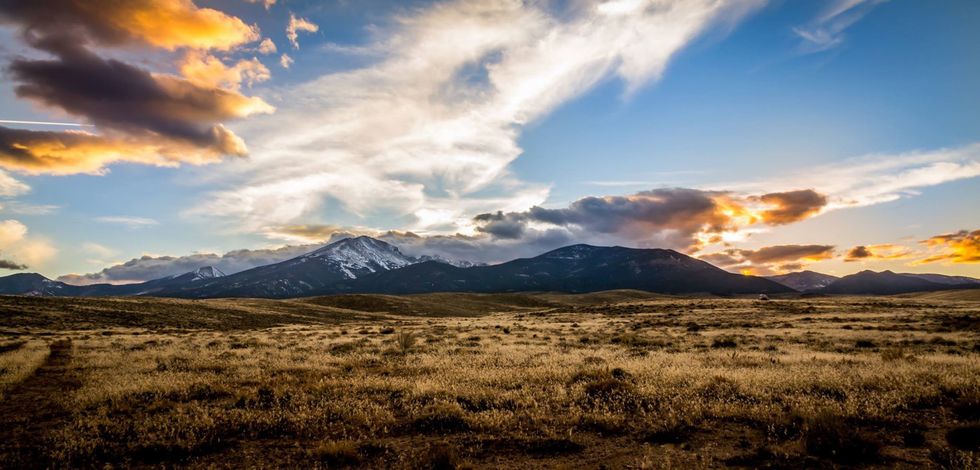
A high-desert treasure tucked into eastern Nevada, Great Basin National Park features ancient bristlecone pine groves—some trees are over 4,000 years old—along with Nevada’s second-highest mountain, Wheeler Peak, complete with alpine hiking, snowfields, and glacier views. One of the main attractions is Lehman Caves, an intricate marble cave system that is nothing short of “otherworldly.” Inside, delicate formations like stalactites, stalagmites, and flowstone create a stunning underground landscape.
The park’s isolation also makes it one of the best stargazing locations in the United States, thanks to crystal-clear skies and minimal light pollution. You can go from desert basin to alpine tundra in just a few miles—with hardly another visitor in sight. Paths like the Wheeler Peak Summit Trail challenge hikers with rewarding panoramic views, while the Bristlecone Pine Trail gives a glimpse into the planet’s oldest living organisms. Free ranger programs and peaceful campgrounds make it ideal for families and solo adventurers alike. Wildlife, including mule deer, mountain lions, and a variety of birds, add to the park’s allure. If you’re looking for rugged solitude and natural wonder without the crowds, Great Basin should be on your radar.
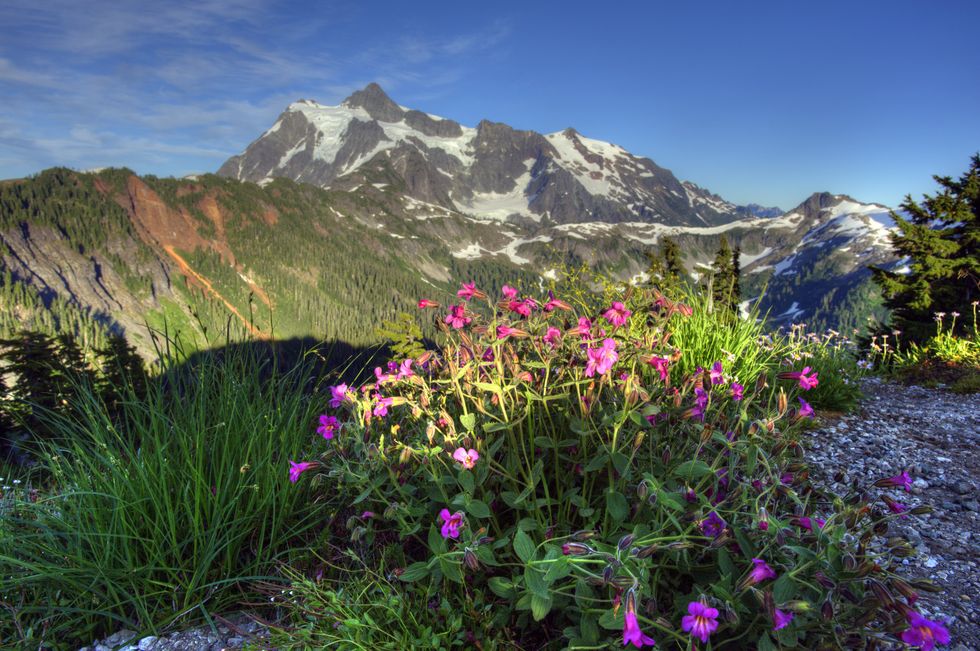
Often dubbed the “American Alps,” North Cascades National Park boasts over 300 glaciers, dramatic granite spires, and turquoise alpine lakes—but it receives far fewer visitors than its neighbors like Mount Rainier or Olympic. Located just three hours northeast of Seattle, this wild landscape remains surprisingly undeveloped, with no major lodges or tourist infrastructure within the park boundaries, preserving its raw beauty. Highlights include the emerald waters of Diablo Lake, rugged hiking trails like Cascade Pass and Sahale Arm, and endless opportunities for backcountry camping. Keep an eye out for black bears, mountain goats, and marmots.
The park’s extensive trail system caters to a wide range of outdoor enthusiasts, from challenging multiday backpacking trips to accessible day hikes. Fall colors paint the forests in vivid reds and golds, making autumn a particularly magical time to visit. In winter, the area transforms into a snowy wonderland perfect for snowshoeing and cross-country skiing. For those interested in history, remnants of old mining camps and Native American heritage sites pepper the landscape, adding cultural depth to the natural splendor.
For photographers and nature lovers, the vistas are transcendent. Its remote and rugged terrain makes North Cascades ideal for seasoned hikers or those seeking true wilderness solitude. Yet even beginners can enjoy its scenic byways and short trails. If you crave glaciers without crowds, North Cascades is your best-kept secret.
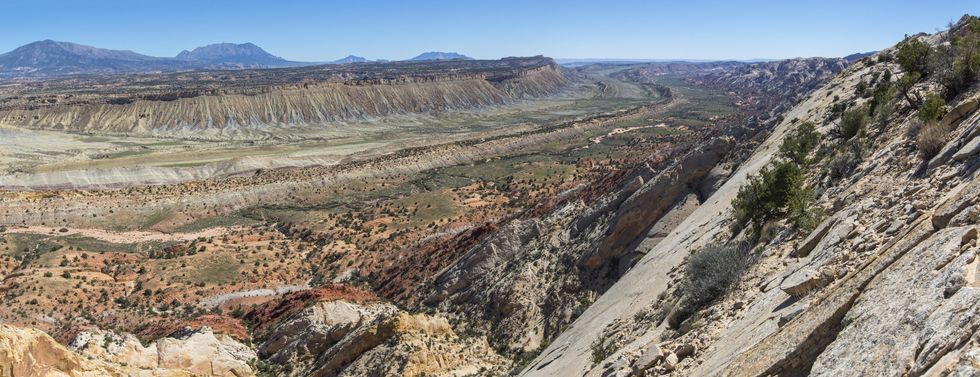
While Utah’s “Mighty Five” are bucket-list destinations for outdoor lovers, Capitol Reef often gets skipped in favor of Zion, Bryce, and Arches—that’s a mistake. Capitol Reef is a red rock wonderland with towering cliffs, twisting slot canyons, natural arches, and petroglyph-covered canyon walls—all with a fraction of the visitors. The park’s defining feature is the Waterpocket Fold, a 100-mile wrinkle in the Earth’s crust that creates a dramatic and colorful landscape. Hike through Cohab Canyon or explore Cathedral Valley’s remote monoliths. One unique draw is the historic Fruita district, where 19th-century Mormon settlers planted orchards along the Fremont River that still produce fruit that visitors can pick in season. Scenic drives, star-filled skies, and wild backcountry make this park a hidden gem—both family-friendly and remote enough to satisfy anyone wanting to escape the national park crowds.
Beyond the orchards, visitors can tour preserved pioneer homes and the old schoolhouse, immersing themselves in the park’s rich regional history. The park also has plenty of opportunities for horseback riding, fishing, and photography, especially during sunrise and sunset, when the red rock formations glow with vibrant hues. The Hickman Bridge trail, a moderate hike, leads to a natural sandstone arch that frames stunning vistas. Scenic drives such as the Capitol Reef Scenic Drive provide access to breathtaking viewpoints and trailheads. With its star-filled skies and wild backcountry, Capitol Reef remains an overlooked wonder.
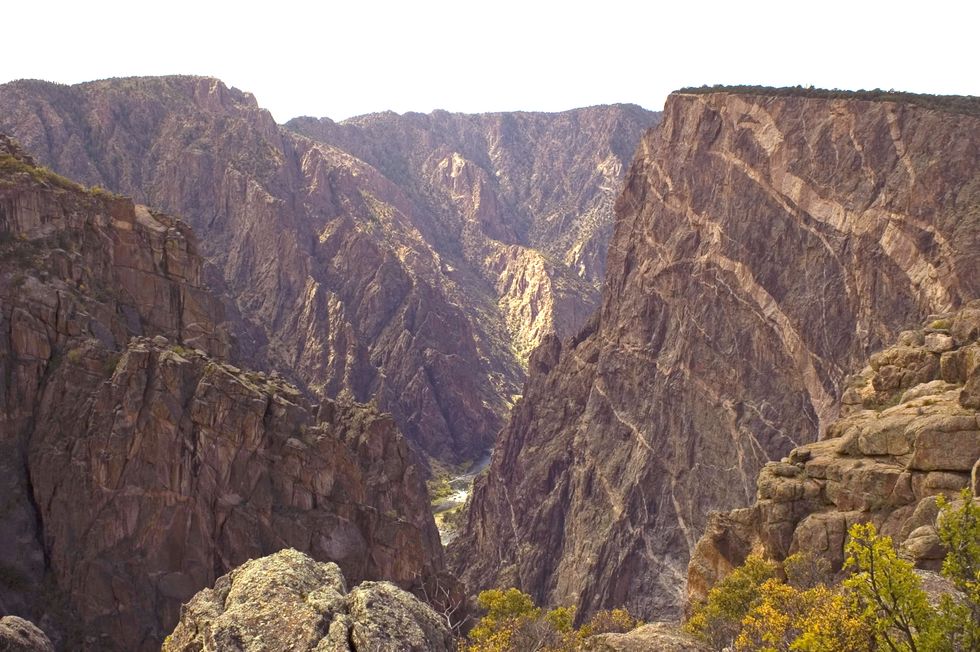
This dramatic, steep-walled canyon, which was carved over millennia by the Gunnison River, is one of the deepest in North America, but it often flies under the radar of tourists headed to Rocky Mountain or Mesa Verde. With near-vertical cliffs—some rising over 2,700 feet—Black Canyon of the Gunnison showcases jaw-dropping vistas with little foot traffic. Visitors can explore scenic overlooks like Painted Wall—the tallest cliff in Colorado—or venture into the Inner Canyon for challenging hikes and world-class rock climbing. The South Rim is more accessible while the North Rim provides rugged seclusion.
The canyon’s dark, narrow shape limits sunlight, living up to its name and casting dramatic shadows on the sheer rock face. This unique lighting creates striking contrasts that draws photographers year-round. Wildlife sightings are common. These include mule deer, golden eagles, and peregrine falcons soaring along the cliffs. The park also features quiet picnic spots and ranger-led programs that deepen visitors’ appreciation of the canyon’s geology and history. Night skies here are exceptionally dark, making Black Canyon a prime location for stargazing enthusiasts hoping to glimpse the Milky Way or distant planets. Black Canyon delivers awe without the long lines, making it one of the West’s most underappreciated treasures.
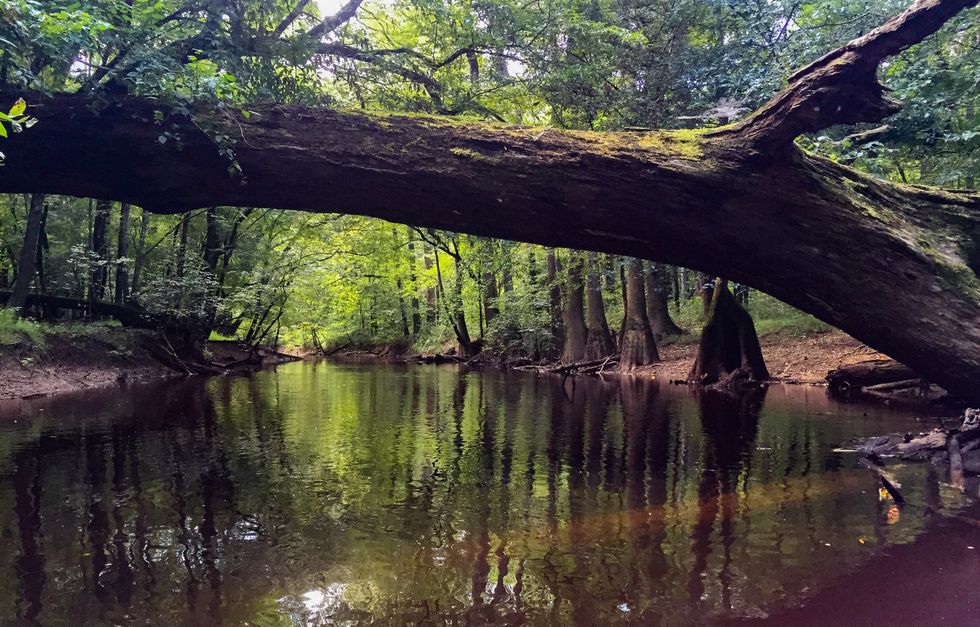
Congaree is unlike any other national park—a surreal, quiet floodplain forest filled with some of the tallest trees in the Eastern United States—including champion hardwoods. Located near Columbia, South Carolina, it features uniquely accessible vistas, making it ideal for families with small children or visitors with accessibility restrictions. Visitors can explore elevated boardwalks through swamps, paddle along Cedar Creek by kayak or canoe, and spot river otters, owls, and wild pigs.
Congaree’s old-growth forest feels primeval, especially when the light filters through the towering bald cypress and water tupelo. In spring and summer, fireflies turn the forest into a magical light show. Despite its accessibility, it remains one of the least visited national parks, making it perfect for those who want a deep connection with nature without a crowd. Ranger-led canoe tours and camping under Spanish moss-draped trees make this park an East Coast treasure. Plus, who doesn’t want to feel like Ryan Gosling and Rachel McAdams in The Notebook’s iconic canoe scene?
Fall in Congaree has a different charm—vibrant foliage and cooler temperatures create fantastic hiking conditions, while bird migrations bring a burst of activity. Photographers love the misty mornings and reflections in the blackwater sloughs. With free entry year-round and well-maintained trails, Congaree is a serene, underrated escape into the wild heart of the South.
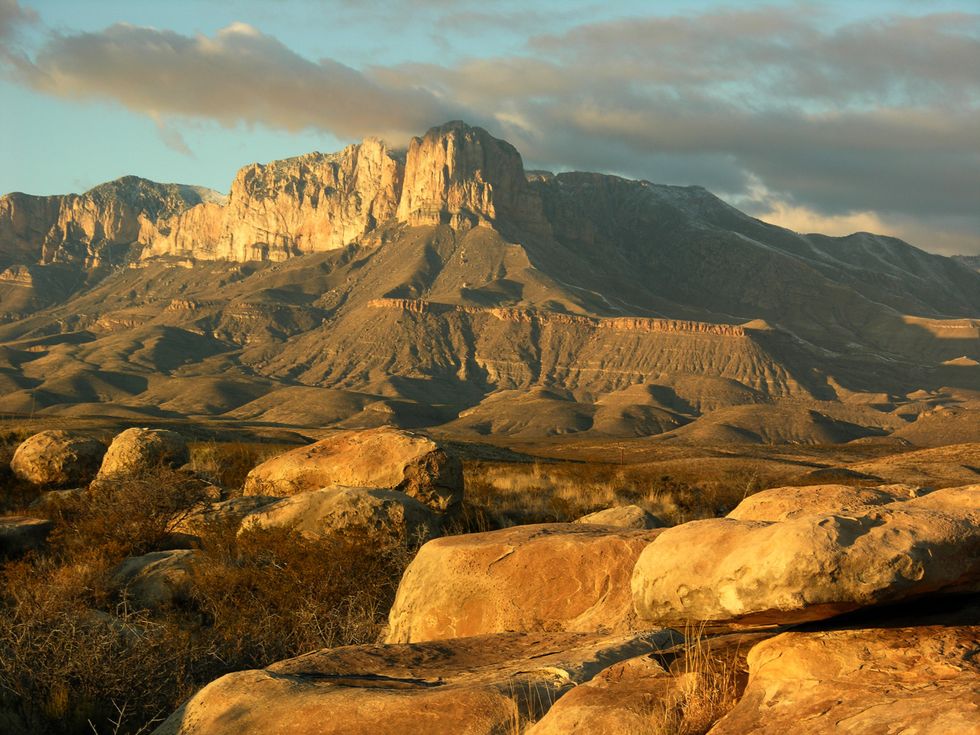
Tucked away in West Texas near the New Mexico border, Guadalupe Mountains National Park is home to the state’s highest peak—Guadalupe Peak—as well as stunning fossil reefs, slot canyons, and desert wildlife. Hike to the “Top of Texas” for panoramic desert views, or explore McKittrick Canyon in the fall, when foliage transforms the landscape into a fiery palette of red and gold. Despite its grandeur, it’s often overshadowed by nearby Carlsbad Caverns or Big Bend.
The park also protects one of the world’s best-preserved Permian fossil reefs, granting geology buffs a glimpse into prehistoric life. Trails range from challenging climbs to peaceful walks through historic ranches and desert oases. Sparse crowds, rugged beauty, and wide-open skies make this a haven for solitude, photography, and backcountry adventure.
Birdwatchers will find plenty to marvel at, including golden eagles, humming birds, and peregrine falcons that nest in the cliffs. Springtime brings desert blooms and surprising bursts of color along the trails. The park’s high elevations and dry climate make for lovely stargazing, and primitive campsites provide a quiet, desert paradise to sleep under the Milky Way.
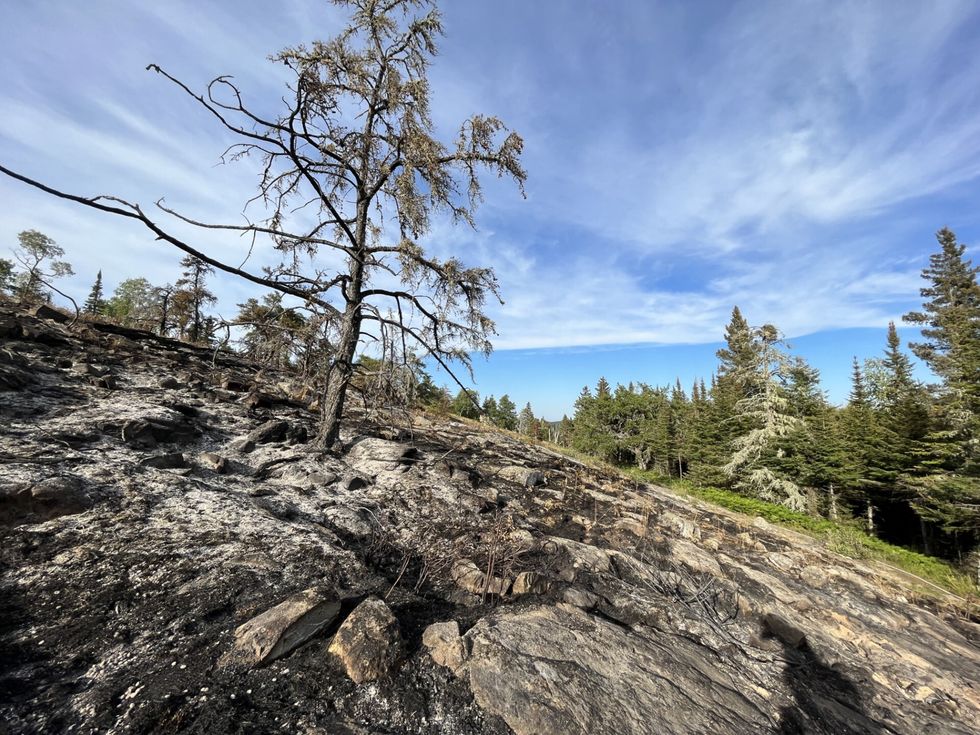
One of the least-visited national parks in the lower 48, Isle Royale is an introvert’s paradise. Located in the middle of Lake Superior, this rugged island wilderness is only accessible by boat or seaplane, making it a true escape from modern life. Once there, you’ll find over 160 miles of hiking trails, pristine inland lakes, and a unique ecosystem home to moose, wolves, otters, and loons. With no cars, limited Wi-Fi, and no permanent residents, the park invites total immersion in nature. Backpackers can traverse the Greenstone Ridge, while kayakers explore quiet coves and shoreline cliffs. Scuba divers even visit to investigate shipwrecks beneath Superior’s icy waters.
Camping is available in remote spots scattered along the island, many only accessible by foot or paddle—not for the novice outdoorsman. Visitors often go days without seeing another soul. The island’s natural silence—punctuated only by lapping waves or haunting loon calls—creates an unmatched sense of peace. Seasonal rangers can give orientation talks and safety tips, but beyond that, it’s just you and the wild. Isle Royale’s isolation keeps crowds low and wilderness intact. For those seeking solitude, self-reliance, and a deep connection to the wild, this island is one of the last true frontiers in the National Park system.
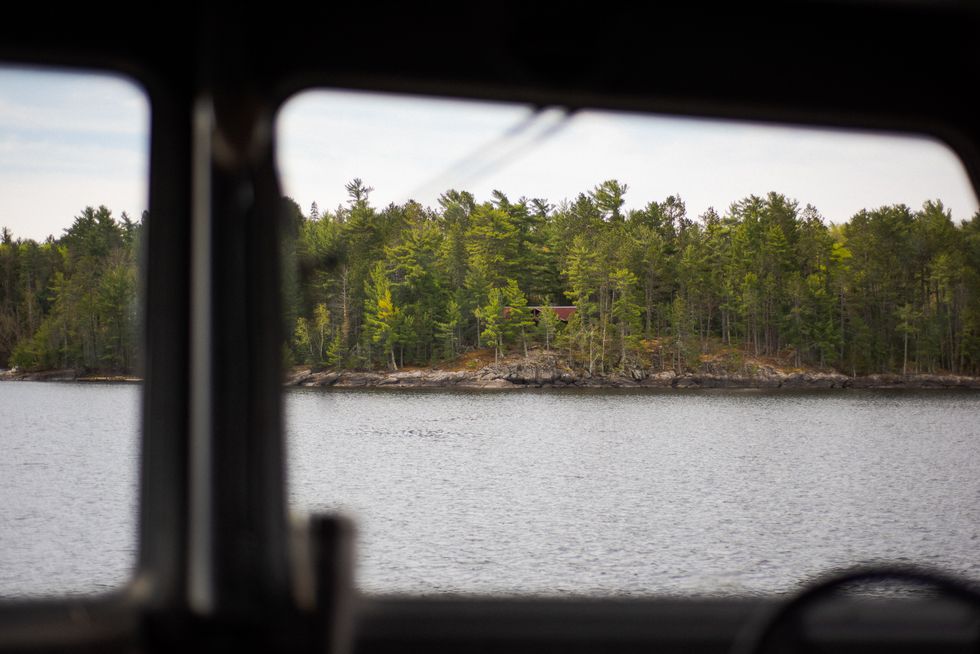
A water lover’s dream, Voyageurs National Park lies along the Canadian border in northern Minnesota and is accessible primarily by boat. With over 218,000 acres of interconnected lakes, islands, and boreal forest, it’s one of the few parks where kayaking or canoeing is essential for exploration. The park is a paddler’s paradise in the summer and it transforms into a snowy wilderness for snowmobilers, cross-country skiers, and ice anglers in winter.
Named after the French-Canadian fur traders who once navigated these waters, Voyageurs’ natural beauty is matched with its rich history. Campers can claim remote island sites reachable only by water. Moreover, it is one of the only places in the United States where the Northern Lights are on full display, lighting up the night sky and the reflecting water below with dazzling colors. Wildlife, such as black bears, bald eagles, loons, and even the occasional moose, can be spotted across the diverse landscape. For those craving peace and water-bound adventure, Voyageurs grants an unforgettable escape from the noise and chaos of more popular parks.
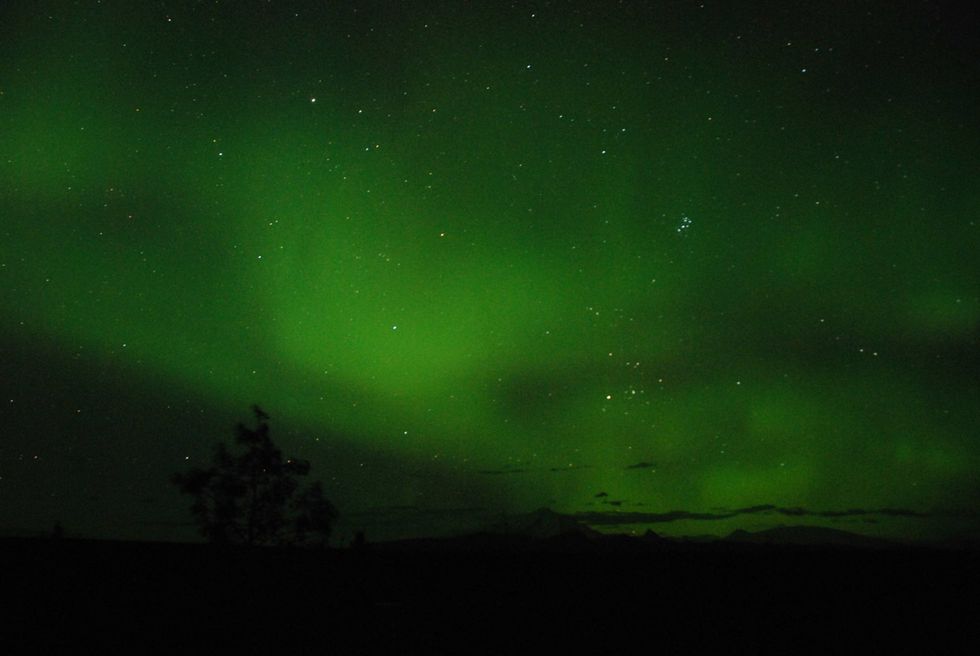
Alaska’s frontier is arguably the least accessible for those of us living in the contiguous 48 states, yet its landscapes are the most rewarding—untouched terrain, sky-piercing mountains, and complete quiet.
The crown jewel of Alaska’s national parks, spanning 13.2 million acres, is Wrangell-St. Elias. It holds the title as the nation’s largest national park—six times the size of Yellowstone—yet it remains one of the least visited. Located in remote southeastern Alaska, this park is a colossal, icy wilderness filled with towering mountain ranges, active glaciers, and abandoned mining camps.
Visitors can climb North America’s second-highest peak (Mount St. Elias), explore the historic Kennecott Copper Mine, or fly over sprawling ice fields via bush plane. Unlike any park in the lower 48, Wrangell-St. Elias requires a high level of outdoor prowess, self-reliance, and grit, but it also rewards visitors with unspoiled scenery and raw grandeur on a scale few ever witness. It is the ultimate test of adventure—and the ultimate reward for those who seek the path less traveled.
Even a short visit delivers once-in-a-lifetime moments—glacier trekking, spotting Dall sheep, or witnessing alpenglow on 16,000-foot peaks. The remote towns of McCarthy and Kennicott feature rustic lodges, hearty meals, and local color that make for an unforgettable experience. For the true explorer, this park is less a destination and more a pilgrimage into the wild. l
Katarina Pfister is an associate editor for Frontier and the deputy editor of opinion and analysis for Blaze Media. She currently resides in Vienna, Austria.
Katarina Pfister